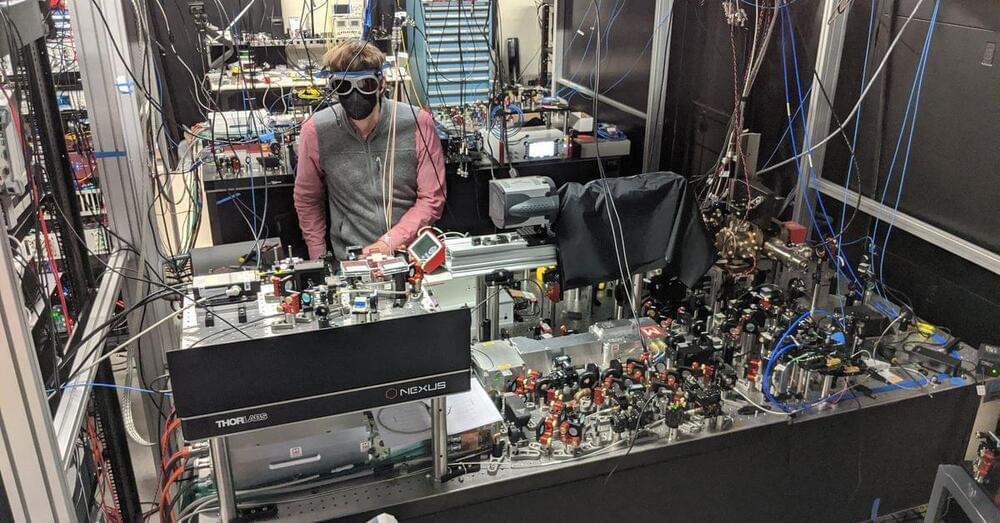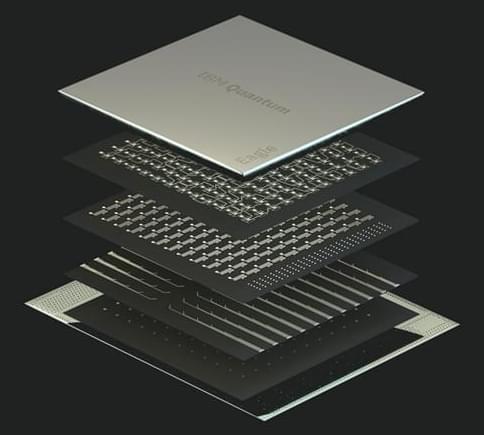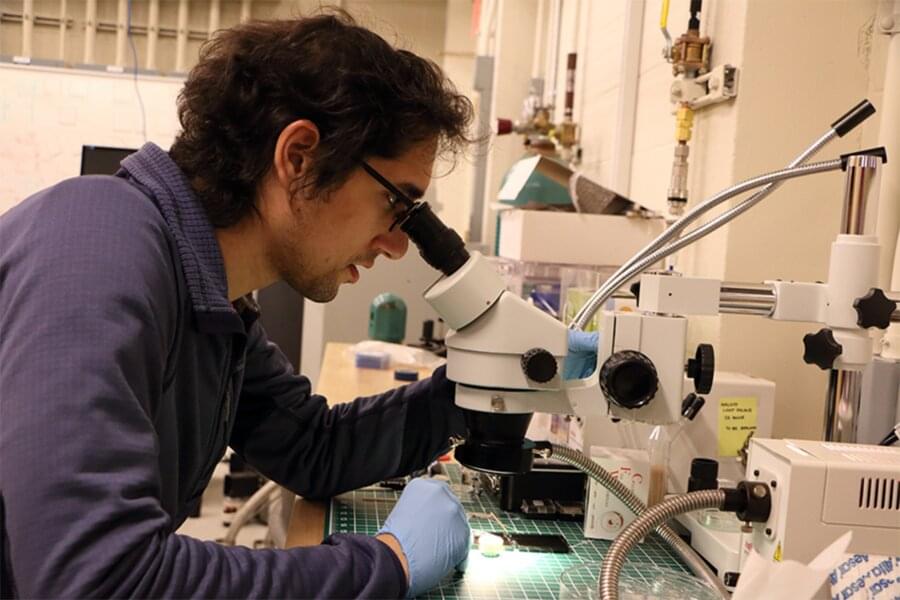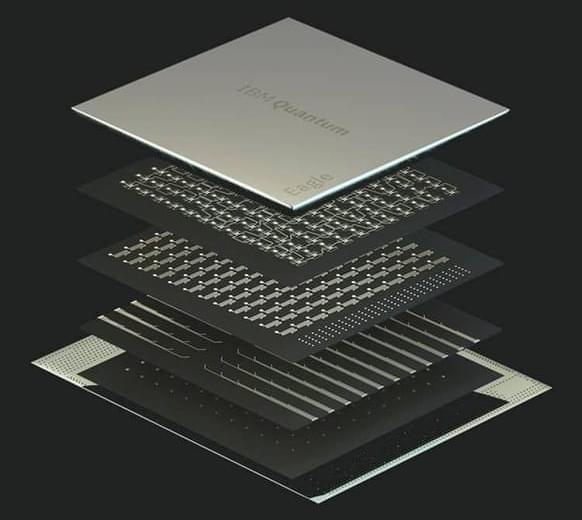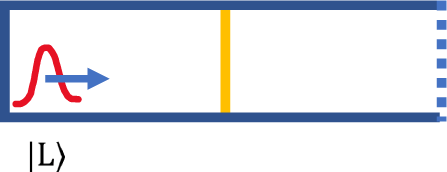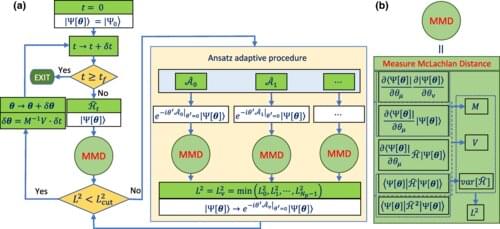Nov 18, 2021
Dr Patrick van der Smagt, Director, ArtificiaI Intelligence Research, Volkswagen AG — Head Argmax.AI
Posted by Ira S. Pastor in categories: biotech/medical, cyborgs, health, quantum physics, robotics/AI, transhumanism
Fundamental Research On Ethical & Trustworthy Artificial Intelligence, For Health, Environment, And A Sustainable Future — Dr. Patrick van der Smagt, Ph.D., Director, ArtificiaI Intelligence Research, Volkswagen.
Dr. Patrick van der Smagt is Director of ArtificiaI Intelligence Research, Volkswagen AG, and Head of Argmax. AI (https://argmax.ai/), the Volkswagen Group Machine Learning Research Lab, in Munich, focusing on a range of research domains, including probabilistic deep learning for time series modelling, optimal control, reinforcement learning robotics, and quantum machine learning.



